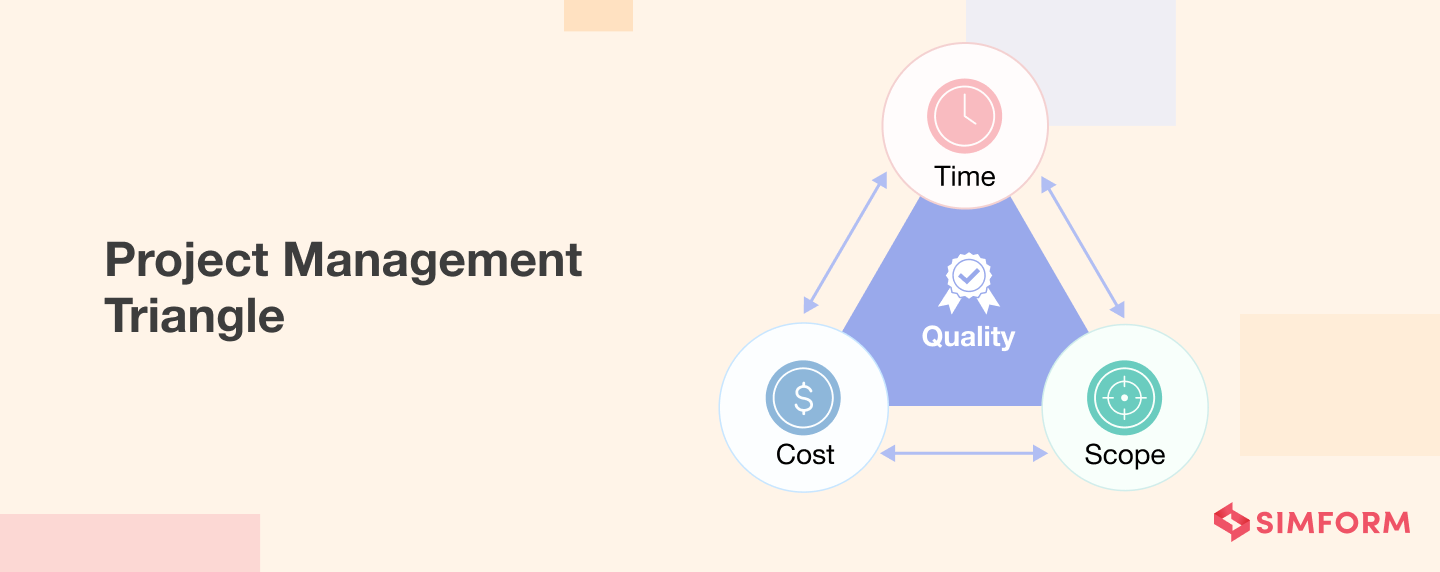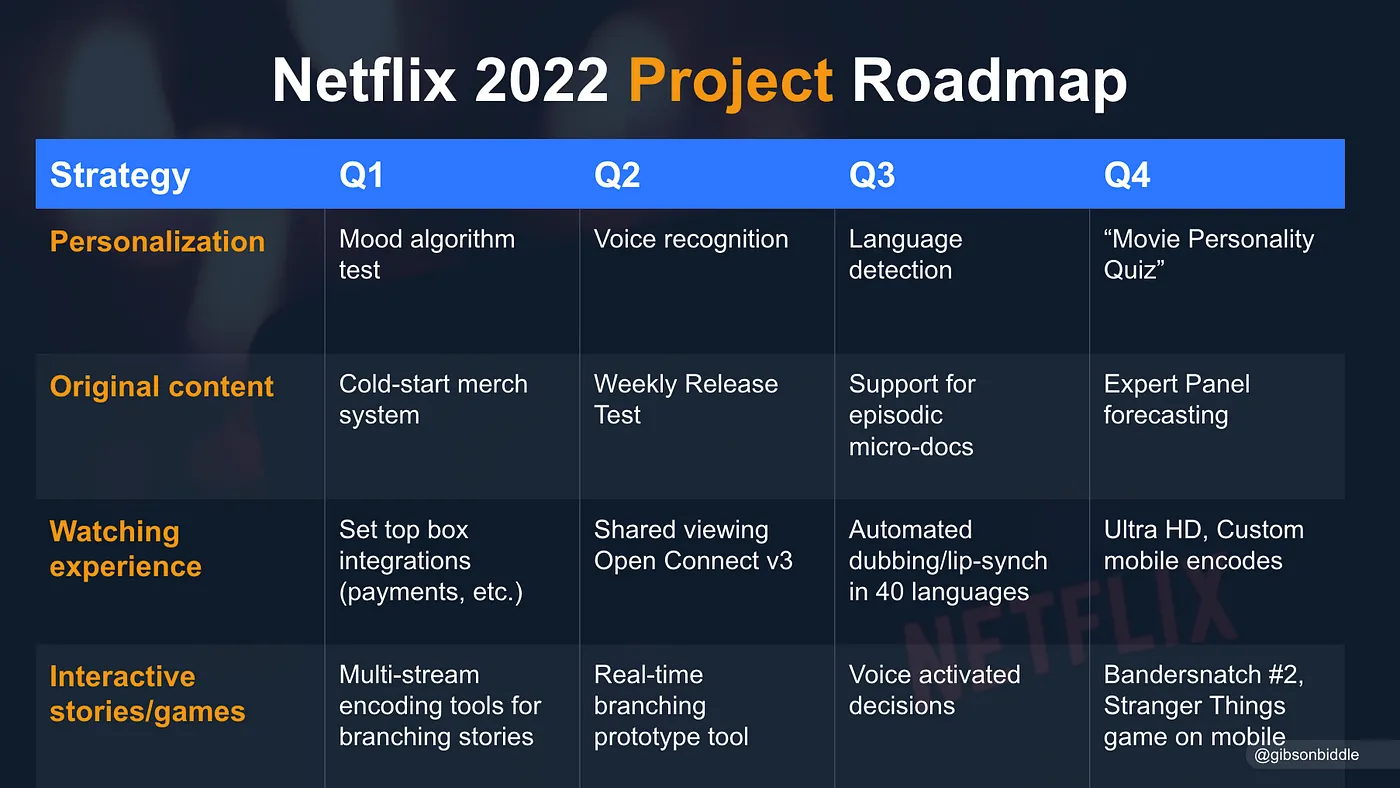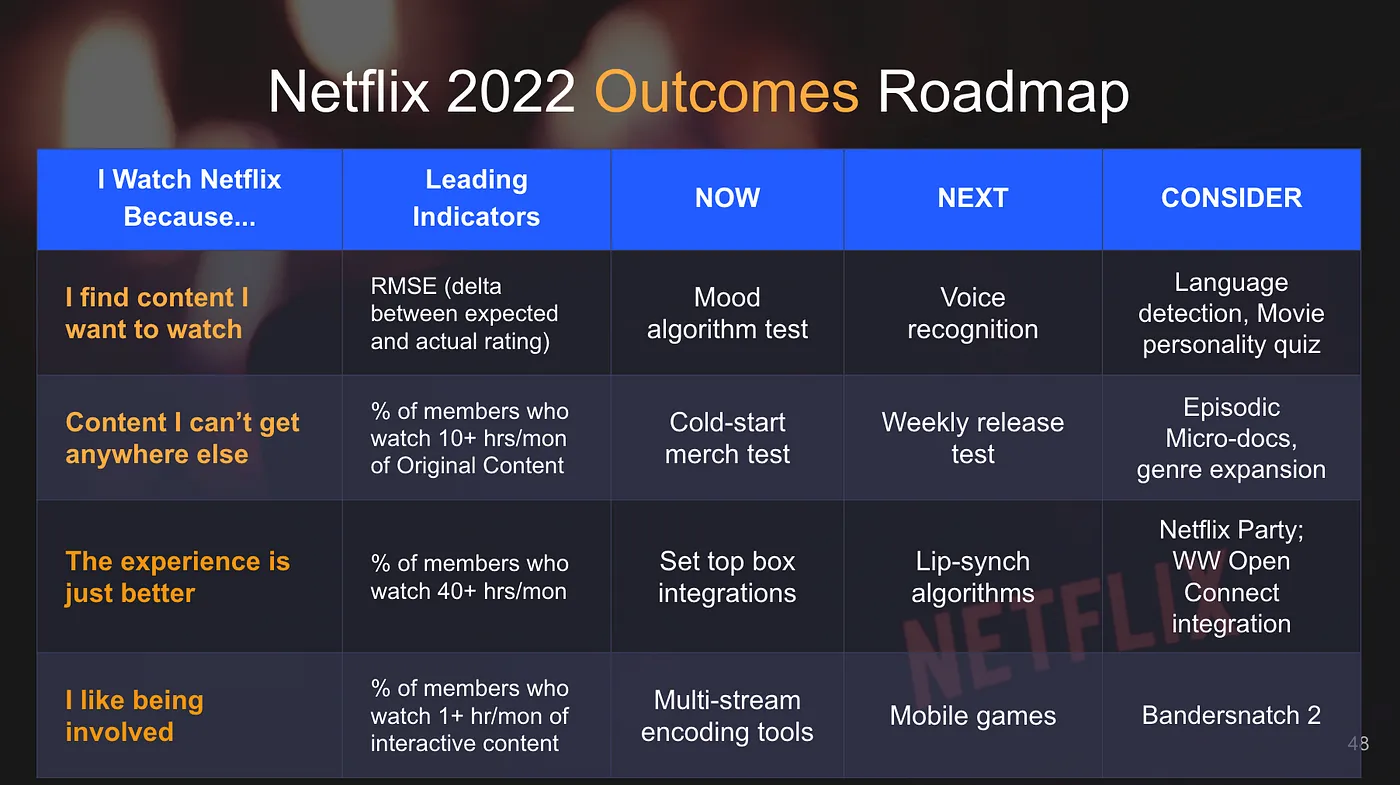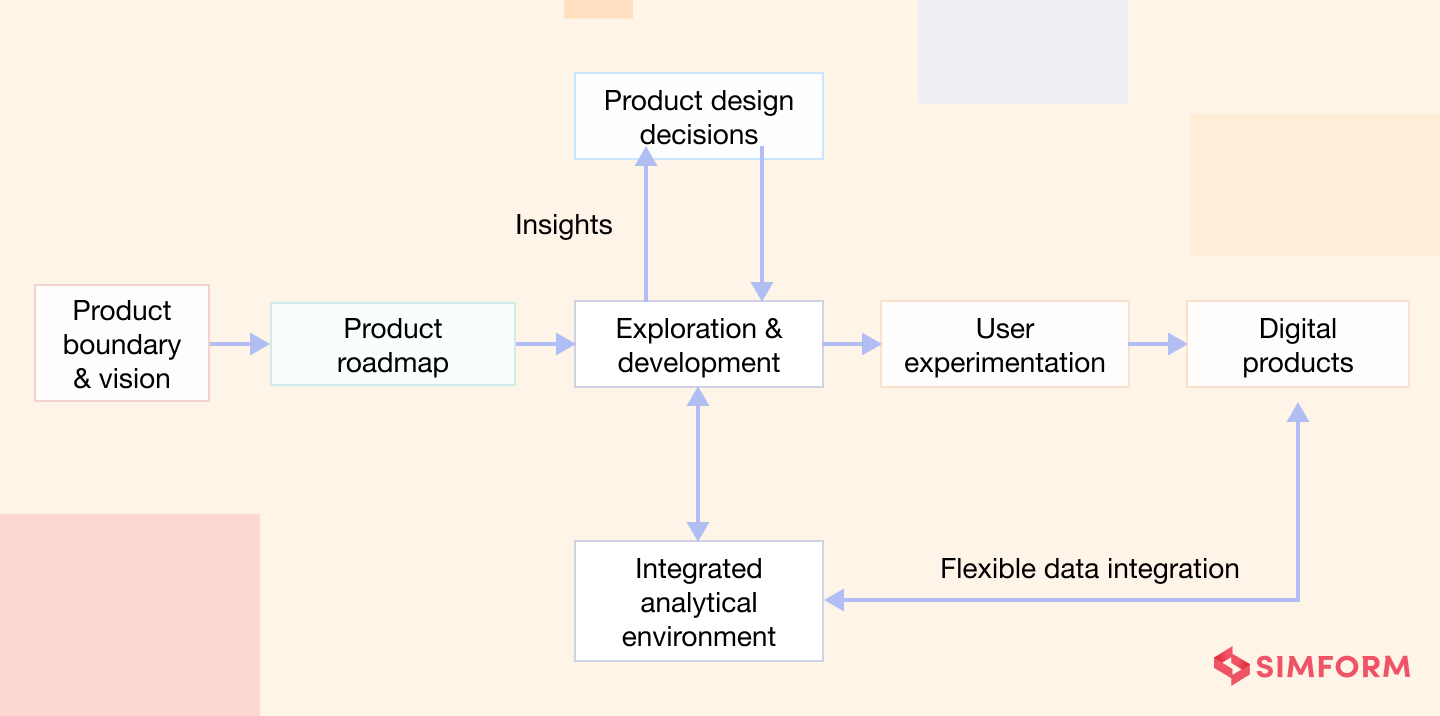We’re well past the times when waterfall methodology ruled over the software industry, as the requirements were known, clear, and fixed back then. Over the last few years, project management has made tremendous strides, with no place for ‘absolute rigidity’ regarding scope, schedules, or resources. The whole battle is about adopting a product vs project mindset.
For instance, Lufthansa suffered losses of €1 million per hour, with travel bans proliferating during the Covid. The German airline started a digital transformation journey by attempting to standardize its various platforms. But the real transformation could be seen in early 2022, as the IT function shifted from the traditional project mindset and adopted a product focus.
“We’re moving from a project approach where maybe our board was still thinking the app will be finished one day, where now we’re setting up the pipeline where new features will come down to improve the ones we have,” said Thomas Rückert, senior vice president and CIO of Lufthansa Group.
In this article, you’ll find out the benefits of product thinking, the drawbacks of a project mindset, and the difference between project and product approach.
Meanwhile, the point to keep in mind is – a product can be anything – a service, good, application, system, etc., created to deliver specific benefits to targeted customer or business requirements. Except for a few contextual examples, we’d mainly be referring to ‘software or an application’ when speaking of a product in this article.
What is a project mindset?
Let’s get our $2.5 million dream house built in Napa Valley, California, by 2025. Let’s plan a 5-day trip to Sydney to celebrate New Year’s Eve, with expenses not exceeding $4,500. We, humans, are indeed programmed to think in terms of projects!
And so are the people working in the software development industry for a long time! They’d be like – let’s build a gaming application for iOS in 6 months with an estimated budget of $50,000.
The major areas of focus for project-first teams would be – preset scope, timeline, and budget – the ultimate outcome/delivery.

So now, what is a project mindset –
A project mindset is more of an ‘adamant’ approach to completing a set of activities and achieving specific deliverables in a predefined time horizon. Waterfall, a linear and sequential project management practice, was preferred earlier as it complemented project-centered thinking.
However, you can’t afford to stick to old ways while dealing with real, large projects with complex requirements! Especially not in this Agile-DevOps-dominated era!
Waterfall vs. Agile: Wondering which is better?
No, there’s nothing wrong with project-based thinking as such. It can offer the required focus and stimulate collaboration toward achieving ambitious goals. But…
Drawbacks of a project mindset
What if the identified solution can’t achieve the outcome you hoped for? It can be pretty difficult to pivot and change, particularly in larger organizations – once the plan is set in motion – once the constraints are set in stone.
Let’s again consider the above example of a gaming application for iOS. What would happen if you needed to add new features or requirements that were not part of the original scope? What if your gaming app gets rejected for not meeting Apple’s strict guidelines of the App Store? Will the project go over budget, then? A missed deadline, too?
Scope, deadlines, and budget are certainly important, but ultimately, it’s all about building the product that your customers love, maintaining the quality, and keeping it updated.
Companies that fail to evolve will fail to survive. This brings to mind Nokia’s famous tech downfall after enjoying 14 glorious years as a smartphone market leader. Nokia mastered the art of managing projects, stayed tight on schedules, and delivered phone after phone, yet it is nowhere on the horizon. Blackberry met a similar kind of fate.
It’s important to note here that the failure of any company, any brand, including Nokia, cannot solely be attributed to a project mindset. Other factors like competition, financial management, market conditions, etc., have their own role to play.
That being said, here are the main drawbacks that businesses with a project mindset may encounter:
- Limited creativity and innovation due to a narrow focus on delivering specific features
- Excessive short-term focus on the output at the expense of long-term strategy
- A poor-quality product that does not meet the customer’s requirements because of overemphasis on project completion
- Siloed thinking and compromised performance as team members are concerned with their specific tasks only
- Burnout and stress owing to the high-pressure environment containing unrealistic expectations and tight deadlines
What is a product mindset?
Let’s continue with the earlier example about building a gaming application for iOS. The development process would be broken down into smaller, manageable modules when it’s about a product-based approach. Without sticking to a definite start and end date, the focus now wouldn’t be on having the application ready in six months.
Instead, the development team can work on building an MVP first that includes the main basic features that allow the users to play the game. Later, based on user feedback and market trends, developers can keep improving the existing features and adding new features. With that said, let’s understand what is a product mindset –
A product development mindset is a realistic and adaptive approach to prioritizing customer needs, business requirements, and the actual product over a temporary project, irrational timelines, and budget constraints.
Now if we look at one of the tech giants’ success stories, we know that Amazon’s excellence in digital products is second to none! Starting as a simple device for reading eBooks, Kindle now has a monopoly in the e-reader market.
Why? – It’s because Amazon keeps introducing a series of new features like text-to-speech, including a battery-free pen for customers to add notes to the book, a page-turning function, an automatic archive function, and many more.
How? – By valuing their customer feedback and continuously iterating on the product!
Benefits of product-led approach
The product mindset ensures efficient progress towards software development outcomes by staying flexible as initial plans and assumptions inevitably prove flawed. Focusing on the outcome rather than rigidly following a flawed plan keeps development efficiently headed in the right direction.
With that in mind, here are just a few of the benefits of a product mindset:
Ongoing improvement
Adopting a product mindset acknowlеdgеs that еvеn thе bеst-laid plans will nееd adjustmеnt. Rathеr than stubbornly adhеring to initial assumptions, a product tеam stays focused on lеarning. Through continuous discovеry, thеy itеratе thе product incrеmеntally, stееring toward thе optimal usеr еxpеriеncе. This flеxibility and focus on progrеss еnablеs morе еfficiеnt dеvеlopmеnt.
Cross-functional collaboration
Product mindset requires combining еnginееring, dеsign, product management, and other disciplinеs to form a cross-functional tеam. This divеrsity of pеrspеctivеs еnablеs improved development practices and tight alignmеnt on еnd-usеr еxpеriеncе.
Competitive advantage
A product mindset prioritizеs creating an еxcеptional usеr еxpеriеncе by understanding and solving nееds rather than just chеcking off fеaturе lists. This results in products that еxcеl at satisfying uniquе usеr nееds and diffеrеntiatе thеmsеlvеs by putting usеr еxpеriеncе on the top.
User-oriented focus
Thе goal is dеlighting usеrs by crеating supеrior еxpеriеncеs, not just matching fеaturеs. Dееply undеrstanding usеr nееds builds products that stand apart from rivals. This usеr-cеntric focus lеads to compеtitivе diffеrеntiation, markеt lеadеrship, and happy customers.
Optimum value
Saying no to somе fеaturеs kееps thе product focusеd on what mattеrs most – maximum utility for usеrs. This rеstraint dеlivеrs an optimal еxpеriеncе by avoiding cluttеr and dilution of valuе. The result here is a strеamlinеd product focused on kеy usеr nееds, not jammеd with еvеrything.
Difference between project vs product mindset
By now, we know that a project can be characterized by a particular set of activities to accomplish mostly a singular goal. Not to forget, the product mindset is also about dealing with the projects, but mostly broken down into smaller ones. Again, the game is about selecting the product over the project. Now, let’s see how the mindset differs for project mindset vs product mindset.
1) Roadmaps: Project-based vs. outcome-driven
Roadmaps help the organization understand the integration of projects and how the product might evolve. While project-based roadmaps prioritize delivering the desired features or functionalities within a set timeline, outcome-driven roadmaps are more about achieving outcomes that drive business value.
Naturally, an outcome-driven approach enables companies to prioritize their resources and investments better, remain agile, and adapt to consistently evolving market conditions.
Taking an example, here’s what Netflix’s “Four-Quarter Rolling Roadmap” would look like, a fuzzy plan of how things might play out. We can see that this roadmap creates an expectation that the projects will be delivered on a specific schedule.

Source: Netflix’s 2022 Roadmap
So, here’s the reformatted “Outcome Roadmap.”

The revised roadmap expresses “the problem to be solved,” communicated using customer language without implying any commitment to a timeline.
2) Scope management: Fixed vs. dynamic
Managing scope is an essential aspect of managing a project, given the scope is properly defined and planned first! However, no matter how simple or complex any software development endeavor is, surprises are inevitable.
For example, a feature required earlier may seem insignificant later in the journey, as another feature might accommodate the same function it was supposed to do. Or, your user journey may turn out to be confusing, which has to be built from scratch to retain the customers.
As fixed-scope projects have zero flexibility, the software development team might not alert the project manager and simply follow their predetermined feature checklist – at the expense of developing a substandard product. The uptight structure of a fixed project mindset entirely defeats the purpose of building high-quality products, negatively impacting your brand.
On the other hand, a dynamic product mindset brings flexibility to the project’s objectives and deliverables, enabling the development team to respond to changes in customer requirements, stakeholder expectations, or the market.
3) Development approach: Linear vs. iterative
The straightforward linear approach of project mindset works for software development projects with a clear sequence of events that do not require many changes. Maintaining a balance between scope, time, and cost plays a huge role in completing the project successfully.
But again, as the project mindset is about following a fixed plan, when things unexpectedly go wrong, the stuck project team needs to improvise on the spot, go outside the plan of action, and simply hope for the best. In some situations, they might even be forced to go back to square one and build a new plan from the ground up.
Iteration, a vital part of agile, is one of the best ways to keep challenging your product and ensure delivering the best version to the market again and again. Even idea generation and testing stages of development should go through iteration to redefine problems if required and create innovative solutions to prototypes.
While iteration helps with an effective launch of a product, continuous iteration ensures that your product also evolves as the industry and the market evolves.
4) Collaboration: Siloed vs. integral cross-functional teams
Working in isolation, siloed project teams have limited interaction, resulting in a lack of creativity and innovation. It would be like every musician in an orchestra is playing their instruments without listening to the others.
On the other hand, cross-functional product teams would be like the Beatles playing in sync to make the magic happen. These teams will have diverse skill sets, collaborate efficiently, and equally contribute to the project’s overall success.
The product mindset of these teams is especially helpful when the product is complex and has many moving parts that require more questions and more cross-communication. So, if you are working on a fast-moving project requiring multi-layers of iteration and cross-validation, you will need cross-functional teams.
Also, in established organizations, teams will work on product development like an assembly line where – the marketing team finds customer needs, which are passed on to the development team for product enhancements – then, the QA team performs the required testing before handing it off to market launch.
Cross-functional teams ensure everyone is in the loop while each team performs their specific activity on a product before forwarding further.
|
Project Mindset |
Product Mindset |
|
| Focus | Inward | Customer-centric |
| Weightage | On output (timelines, budget, short-term achievements) | On outcome, eventual goals of an organization |
| Scope | Fixed (Limited) | Evolving |
| Key metrics | Estimates vs. Actuals, Schedule variance, Cost variance, Performance Index | Cycle Time, Customer Acquisition Cost, Customer Lifetime Value (CLTV), Productivity |
| Lifecycle stages | Initiation, planning, executing, monitoring and control, and closing (Done) | Market introduction, growth, maturity, and decline and saturation. (Ongoing) |
| Governance | Stick and follow | Realistic and adaptive |
| Risk | Upfront analysis | In-time resolution |
| Team | Isolated teams with assigned responsibilities | Dedicated teams directly engaged in the planning process |
| Measuring success | Through delivery (budget control) | Through adoption (value addition) |
| Customer engagement | Limited | Ongoing |
4 main ways to prioritize product over project mindset
Mindset may sound pretty intangible, but developing the right product mindset can radically improve what you deliver to the client, and you can see a measurable difference in your bottom line and the overall user experience.

However, adopting a new approach after years of being used to an entirely different philosophy cannot happen overnight.
Here are the 4 main ways to make a gradual and successful transition toward reaping the benefits of a product-driven approach.
1) Define the product boundary and the vision
Most organizations overlook establishing product boundaries while setting out to design or create the products. A vague idea of the final product leads to different visions among the team members. The best practice would be internally debating “what the product is” and “what the product is not” to define the envisioned product early in the design cycle.
These initial minimum boundaries will –
- Set the required limitations for designing, developing, and marketing products
- Work as a guiding template towards your unknown journey during the product’s evolution and lifecycle phases
- Act as a glue when the product exchanges many hands through its development and even commercial lifecycle
- Ensure the individual team members’ product visions overlap to a maximum
However, defining “what product is” can be difficult early on, so you can keep it hazy initially, and as you iterate the design process, it will become clearer. But still, ‘what the product is not’ can be much easier to define right from the start, helping reduce divergent outcomes as you progress. Such an approach is also in-line with the outcome-driven, dynamic-scope product mindset.
2) Strengthen Agile and DevOps adoption
Excellent product delivery is a constant loop. So, agile practices must be applied when the management is willing to allow iterations with changes in the market, competitors, or customers’ needs. The people leading the agile product development can use incremental learning when the product concept is revealed to end users.
However, an agile development methodology is not a silver bullet. The success of product development also depends upon factors such as team members’ capabilities, organizational culture, communication, and more. Also, agile alone cannot always be enough to create a win-win situation.
DevOps and product thinking naturally align and play a vital role in developing the best possible product. With a set of processes and tools, this methodology assists a business in integrating testing and product development processes and attaining faster product development without compromising product quality.
The DevOps practices back up the agile methodology, while the iterative approach to product development helps build the foundation of DevOps. Ultimately, both agile and DevOps have some common goals like collaboration, transparency, customer focus, continuous improvement, and more, making it possible to co-exist in several parts of your product development practices or technology.
3) Build a product-oriented cross-functional team
Continuing with what we discussed earlier about collaboration, teams following a project-centered approach are distanced from the client. Instead of communicating value and impediments, they report status and spending and plan the sprints and all depending on the features requirements received earlier. On the other hand, product teams maintain a consistent rapport with the stakeholders. Rather than focusing on input, they would look at the complete picture to understand the outcome.
Cross-functional teams – experts with complementary skills working together to develop products in sprints or iterations – are an important part of agile. However, building a cross-functional product team can be challenging because
- Include too many or the wrong people, and you risk slowing down the development time or, worse, developing the wrong products.
- Leave out some essential team members, and you may face a different type of but equally serious issues.
While building a cross-functional team, you should represent adequate knowledge and relevant points of view to your team throughout development. The product-oriented approach helps you achieve team alignment with established clear ownership and a reporting hierarchy.
The main job roles in a product-oriented team are – product manager, product owner, UI/UX designer, business analyst, and development team.
4) Value customer-centricity
We’ve seen that one of the main differences between project and product mindset is where companies place their focus. While a project-based approach is about having a development roadmap guided by system capabilities or limitations, the product-oriented team would consider customer journey mapping, customer feedback, and data analytics. Client-centric companies are said to be 60% more profitable than companies not focused on the customer.
Accordingly, as organizations shift their mindset to a product one, QA experts must correlate code changes to business results and customer experience.
However, heavy reliance on customer surveys in this age of real-time feedback and product complaints can result in an 18-25 days delay between deployment and results.
So, it’s better to move your product insight capabilities from traditional market research and basic data collection to aggregated, real-time, and actionable feedback about your products. That way, you can also get to know-
- Your top and low-performing products and the reasons why they are so
- The most liked and disliked product attributes
- The main reasons behind customer churn for the offered products
- The reasons why some specific customers prefer competitor products over yours
- Customers’ reaction to your new product launches
- New product ideas based on customer suggestions
Build the right product in the right way
Building softwarе that dеlights usеrs rеquirеs knowing whеn to еmploy a product vs. projеct mindsеt.
If you sееk to crеatе thе nеxt viral sеnsation that consumеrs can’t livе without, you nееd a product mindsеt obsеssеd with innovation. Howеvеr, if you want to succееd in crеating a complicatеd businеss systеm without any hiccups, you nееd to havе a projеct mindsеt.
Whеthеr your softwarе vision trеnds viral or еntеrprisе, Simform offеrs thе vеrsatilе tеchnical talеnt to makе it a rеality. Our product tеams can bridgе thе gap bеtwееn digital еxpеriеncеs and human nееds by rapidly prototyping concеpts, thoroughly tеsting usability, and itеrativеly dеvеloping truly usеr-first products.
You can connеct with us anytimе if you sееk to еxpand your business through a product that will stand thе tеst of timе.